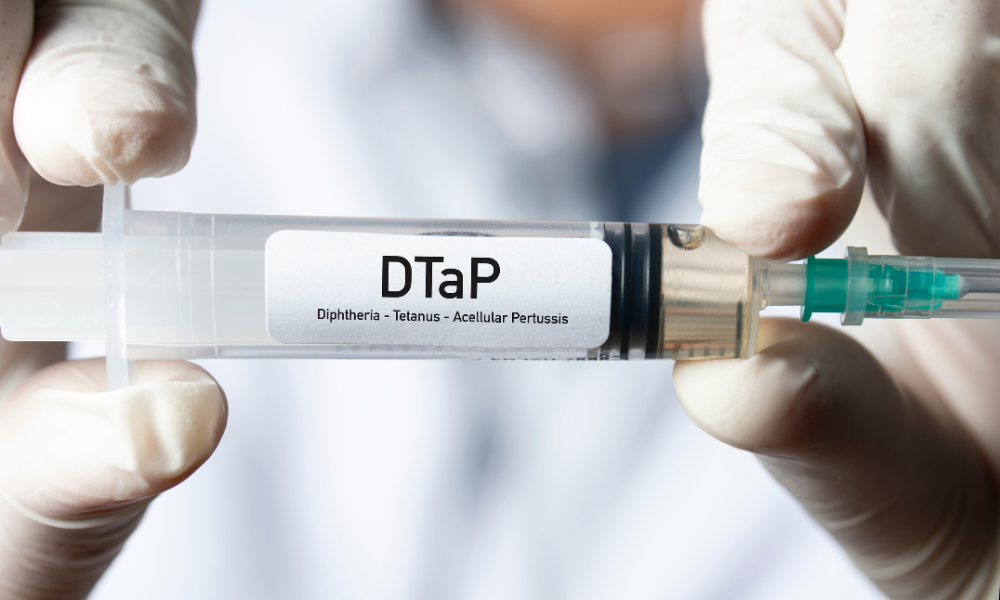Pertussis, commonly known as whooping cough, is a respiratory illness caused by the pertussis bacterium. Pertussis is highly contagious and circulates all year long. Pertussis is transmitted from person to person through coughing and direct contact with the mucus of a person who is actively contagious. The major symptom of pertussis is uncontrollable coughing. Babies younger than three months are at highest risk of complications from pertussis because their lungs are still being developed. For most others, whooping cough is a relatively mild disease and recovery provides life-long immunity.

Whooping cough treatment protocol shared by Jo Spies homeopath
https://www.jospies.com.au/blogs/protocols/whooping-cough-protocol?_pos=1&_sid=cfb9f3e88&_ss=r
VCC Live Interview, Tue, Oct 14 – Raising Healthy Children Series: Guest: Dr. Sherri Tenpenny
[41] https://www.nvic.org/disease-vaccine/pertussis/quick-facts
[42] Vaccine Adverse Events Reporting System – https://digital.ahrq.gov/sites/default/files/docs/publication/r18hs017045-lazarus-final-report-2011.pdf
DTaP-HB-IPV-Hib (diphtheria, tetanus, pertussis, hepatitis B, polio, Haemophilus influenza)
Product: Infanrix Hexa (GSK)
Product Monograph: https://ca.gsk.com/media/6247/infanrix-hexa.pdf (35 pages)
Patient Information sheet:
Manufacturer website: https://ca.gsk.com/en-ca/products/
DTaP-IPV-Hib (diphtheria, tetanus, pertussis, polio, Haemophilus influenzae type b)
Product: Infanrix-IPV/Hib (GSK)
Product Monograph: https://ca.gsk.com/media/6248/infanrix-ipv-hib.pdf (29 pages)
Patient Information sheet:
Manufacturer website: https://ca.gsk.com/en-ca/products
Product: Pediacel (Sanofi)
Product Monograph: https://products.sanofi.ca/en/pediacel.pdf (36 pages)
Patient Information sheet: https://products.sanofi.ca/en/pediacel-pmi-en.pdf
Manufacturer website: https://www.sanofi.ca/en/products-and-resources/vaccines
Tdap-IPV (tetanus, diphtheria, pertussis, polio)
Product: Adacel-Polio (Sanofi)
Product Monograph: https://products.sanofi.ca/en/adacel-polio.pdf (35 pages)
Patient Information sheet: https://products.sanofi.ca/en/adacel-polio-pmi-en.pdf
Manufacturer website: https://www.sanofi.ca/en/products-and-resources/vaccines
Product: Boostrix-Polio (GSK)
Product Monograph: https://ca.gsk.com/media/6235/boostrix-polio.pdf (27 pages)
Patient Information sheet:
Manufacturer website: https://ca.gsk.com/en-ca/products